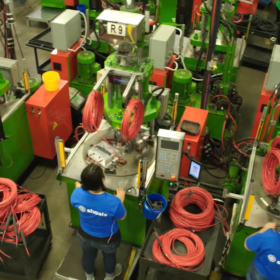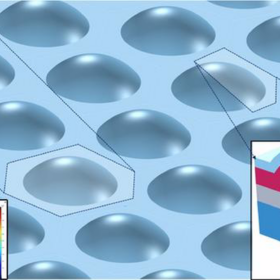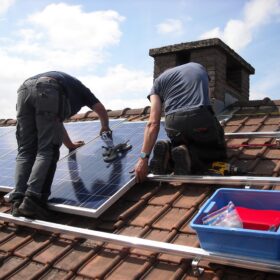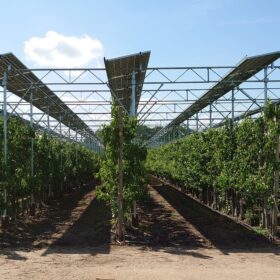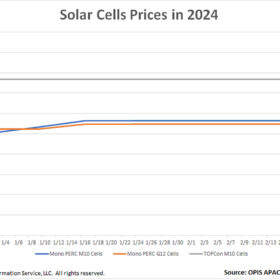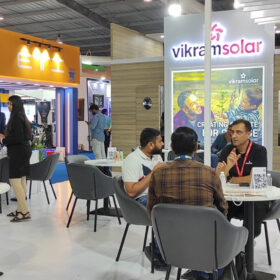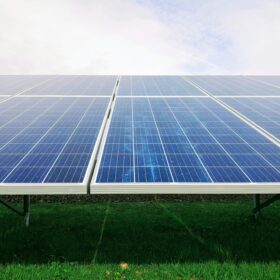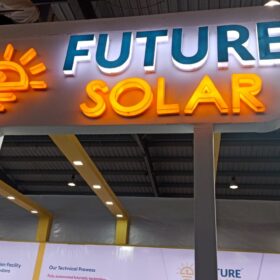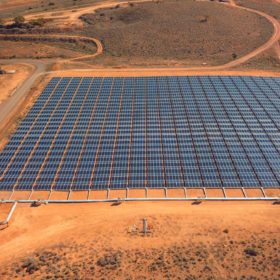Shoals to invest $80 million to expand US manufacturing
Shoals Technologies Group, an electrical balance-of-systems (EBOS) specialist for the solar industry, says it will move its US manufacturing and distribution center to a new, larger facility.
Researchers develop hemispherical organic solar cells
A Turkish research team has tested a hemispherical shell-shaped organic active layer for photovoltaic applications. The group found the shape maximizes light absorption and angular coverage when compared to flat-structured cells, suggesting the structure would be beneficial for applications requiring flexible light capture such as wearable electronics.
US residential solar prices falling amid surging interest in storage
The 18th edition of the EnergySage Marketplace Report indicates that the US residential solar segment faces persistent inflation, the California NEM 3.0, and rising loan fees, but prices have fallen and consumer interest in storage is strong.
New bifacial agrivoltaic solar panels from Greece
Brite Solar, a Greek specialty module manufacturer targeting the agrivoltaics greenhouse and PV canopy segments, is building a 150 MW production line. Marketing its modules to farming cooperatives, integrators and installers since the end of 2022, Brite solar has pilot installations in North America, Southeast Asia, and Europe. In January it announced raising $9.26 million in venture capital.
Solar cell prices hold steady as market weighs feasibility of increasing prices
In a new weekly update for pv magazine, OPIS, a Dow Jones company, provides a quick look at the main price trends in the global PV industry.
Vikram Solar displays new 725 W bifacial heterojunction PV modules
Vikram Solar has developed new glass-glass bifacial PV modules based on n-type heterojunction (HJT) G12 half-cut solar cells. The modules are available in power ratings ranging from 700 W to 725 W, with efficiencies between 22.53% and 23.34%, respectively.
Somalia seeks consultants to support grid expansion plan, PV minigrids
Somalia is seeking consultants to help it expand its grid network and develop solar minigrids. The work will involve drafting tender documents to repair and expand the electricity network in the city of Bossaso.
Citicore Renewable to proceed with 69 MW of PV in Philippines
Citicore Renewable Energy Corp. (CREC) is building a 69 MW solar plant – its second project on the island of Negros in the Philippines. CREC President and CEO Oliver Tan says that the plant will power around 70,000 households.
Future Solar to ramp up PV module capacity to 1.2 GW
India’s Future Solar is expanding its solar module manufacturing capacity to 1.2 GW, from 500 MW at present.
Big batteries to create tailwinds for large-scale solar in Australia
The accelerating deployment of large-scale energy storage is one factor behind the tailwinds forming for large-scale solar in Australia. Rystad Energy Senior Analyst David Dixon said that with gigawatts of big batteries under construction, the flexible load will create demand for solar during peak PV production periods.
